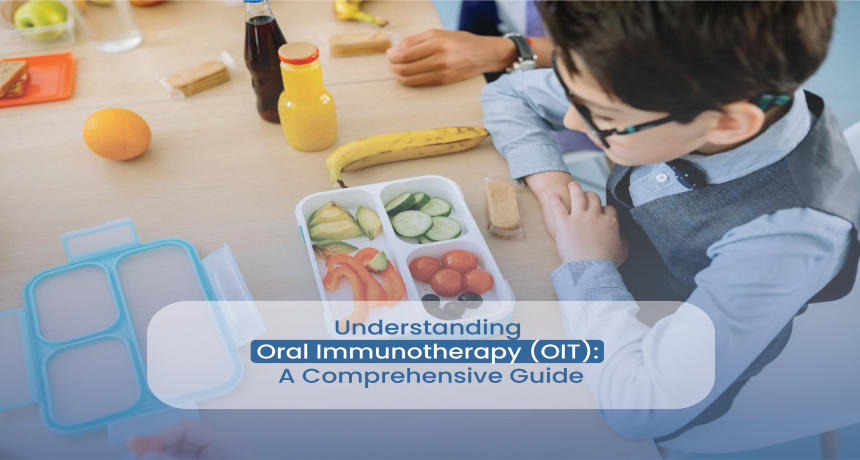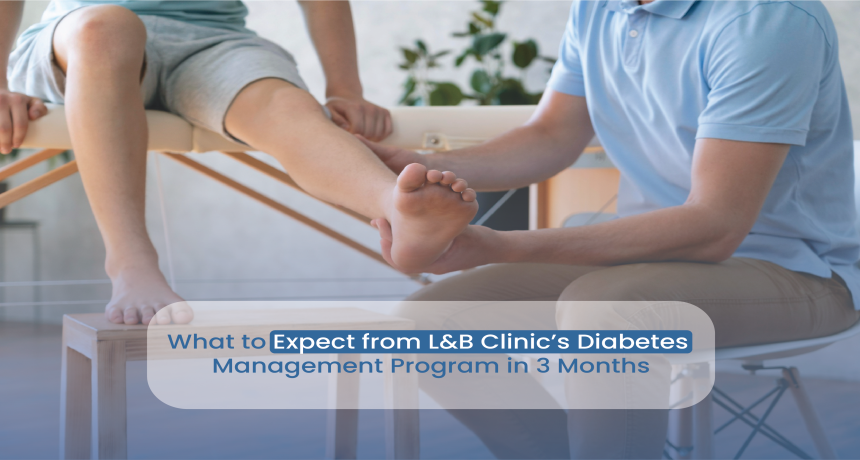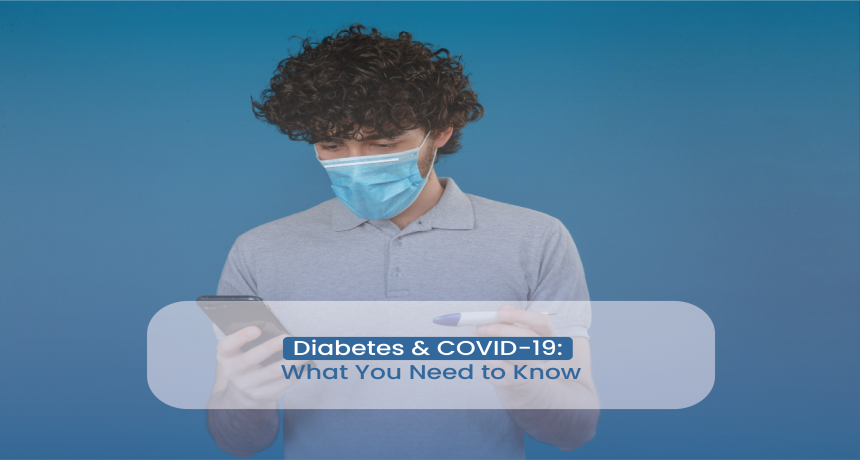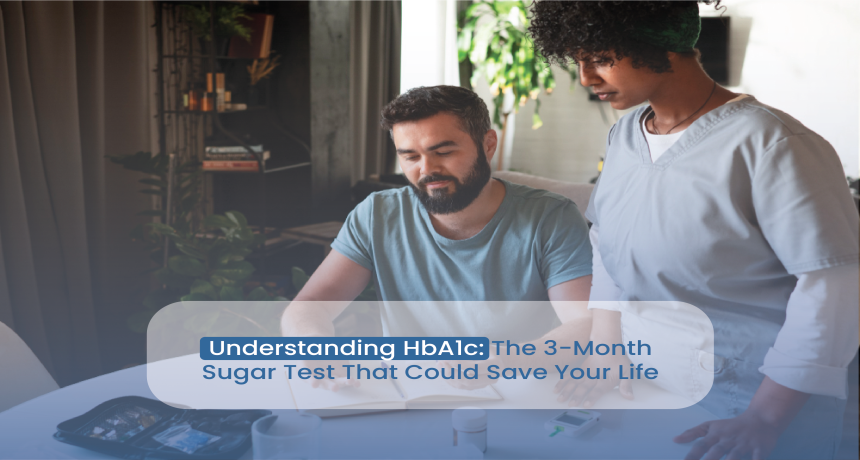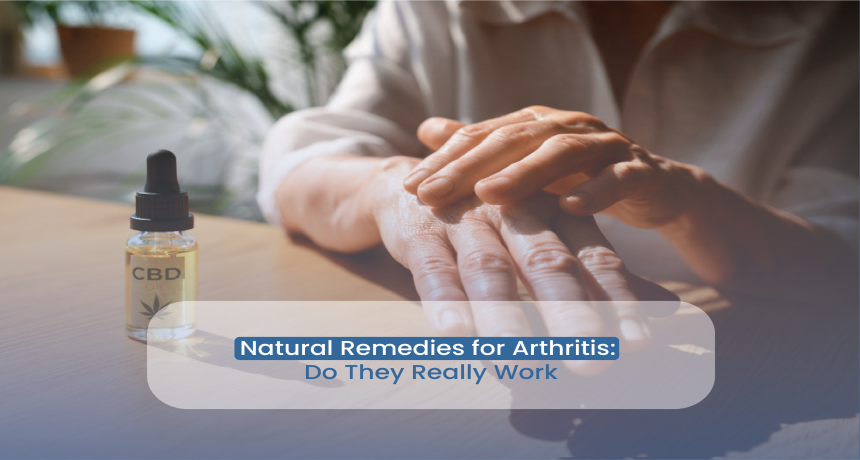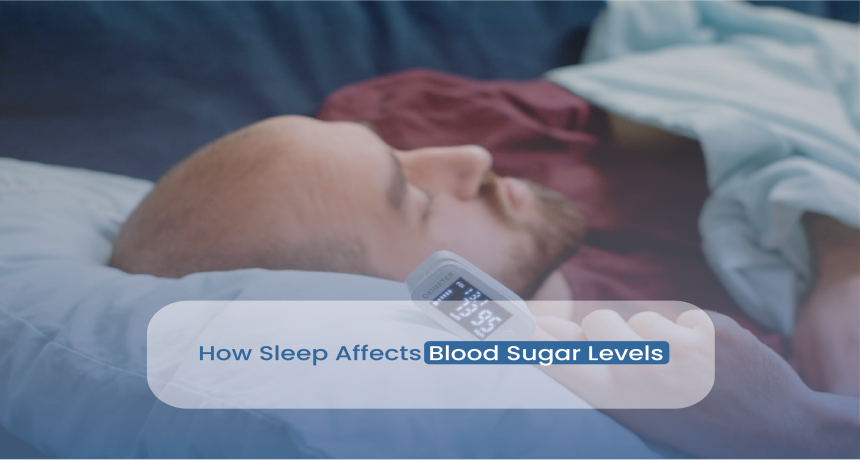Understanding Oral Immunotherapy (OIT): A Comprehensive Guide
2025-05-23 Key Takeaways Oral Immunotherapy (OIT) retrains the immune system to tolerate food allergens like peanuts, milk, and eggs. L&B Clinic uses a holistic care model with preventive diagnostics, personalized protocols, and gut microbiome analysis (GUT 360). Integrative support includes herbal medicine, IV therapy, and nutrition planning to enhance immune modulation. Clinical evidence shows OIT reduces life-threatening allergic reactions and improves quality of life.
Introduction Food allergies are no longer rare. They now affect approximately 6–8% of children and up to 4% of adults globally, according to the World Allergy Organization. In India alone, the prevalence of IgE-mediated food allergies is rising sharply, especially among urban children. This spike has been attributed to factors such as gut microbiome disruption, ultra-processed diets, antibiotic overuse, and rising environmental inflammation. For people with food allergies, even a trace of peanuts, milk, or eggs can result in a potentially life-threatening reaction. Symptoms may range from hives, nausea, and gastrointestinal upset to full-blown anaphylaxis — a medical emergency that requires immediate intervention. Beyond the physical burden, the emotional toll is equally serious. Families often live in fear, children are isolated from food-centric social settings, and dietary restrictions affect nutritional adequacy and quality of life. Traditional treatment strategies involve strict avoidance, emergency epinephrine injections, and antihistamines. But none of these options address the root issue: the immune system’s hyper-reactivity. Oral Immunotherapy (OIT) offers a scientifically validated, proactive alternative — a way to retrain the immune system so that it gradually stops overreacting to common allergens. This method involves exposing the patient to minute, controlled doses of the allergenic food and slowly increasing the exposure over time to build immune tolerance. At Longevity & Beyond (L&B) Clinic, we believe food allergies aren’t just immune system quirks — they’re reflections of a larger internal imbalance. Our integrative approach combines clinical OIT protocols with cutting-edge diagnostics like our proprietary GUT 360 test, genome-based risk mapping, personalized nutrition, and herbal medicine. This not only boosts the effectiveness of immunotherapy but also builds a healthier, more balanced immune foundation for the long term. Oral Immunotherapy (OIT) offers a new solution: a way to retrain the immune system so that it stops overreacting to harmless foods. This method involves giving patients very small doses of the allergenic food and slowly increasing it over time to build tolerance. At Longevity & Beyond (L&B) Clinic, we adopt a more comprehensive strategy. We believe food allergies are not just isolated immune incidents — they’re symptoms of a larger internal imbalance. Our approach combines clinical OIT with cutting-edge diagnostics, personalized nutrition, and herbal medicine to restore long-term immune harmony. OIT is an evidence-based, gradual desensitization process where small, increasing doses of the allergenic food are given to help the immune system adapt. Food allergies are primarily mediated by Immunoglobulin E (IgE). In allergic individuals, IgE binds to mast cells and triggers histamine release when an allergen is detected. OIT aims to desensitize these cells over time, leading to reduced or eliminated reactions. Peanuts Eggs Cow’s Milk Tree Nuts Wheat Initial Workup: Skin prick tests, IgE levels, and baseline inflammation markers. Initiation Phase: Micro-doses are introduced in a clinic under medical observation. Up-Dosing Phase: Doses are increased weekly or bi-weekly. Maintenance Phase: A daily dose is continued for sustained tolerance. According to clinical studies published in JAMA and The Lancet, OIT has a success rate of 70–85% in reducing severe reactions (Burks et al., 2019). For More Information, Check Out: Food Allergy Treatment Program in Delhi Why L&B Clinic Uses an Integrative Model OIT at L&B isn’t just about desensitization. We view allergies as systemic imbalances influenced by gut health, genetics, and chronic inflammation. We incorporate: Functional diagnostics GUT 360 microbiome mapping Nutrigenomic profiling Herbal immuno-support IV nutrient therapy This integrated protocol reduces side effects, improves outcomes, and restores long-term immune health. GUT 360: Mapping Your Internal Terrain Our proprietary GUT 360 test is a precision diagnostic tool that identifies: Gut dysbiosis and pathogenic bacteria Leaky gut markers (zonulin, calprotectin) Low microbial diversity, linked to poor immune tolerance Overactive inflammatory responses (IL-6, TNF-α) Recent research from Nature Immunology highlights that gut microbial diversity strongly influences food allergy risk in children and adults. By correcting imbalances before or during OIT, we increase the body’s tolerance capacity (Rachid et al., 2021). Step-by-Step Plan at L&B Clinic Skin and blood-based IgE testing Full inflammatory panel (CRP, eosinophils, interleukins) Clinic-supervised micro-dosing Emergency readiness for reactions Gradual up-dosing tracked via symptom logs Herbal anti-inflammatories: curcumin, glycyrrhiza glabra IV infusions: glutathione, Vitamin C, zinc Targeted probiotics and prebiotic foods Nutritional guidance to reduce gut irritation Sleep, stress, and toxin load management Movement practices to support vagal tone Reduced risk of anaphylaxis Better gut-immune interaction Improved mental health and food freedom Minimized flare-ups through proactive care Less reliance on emergency meds Ideal candidates: Diagnosed IgE-mediated food allergy (via skin/blood test) Aged 4–55 years Motivated for regular follow-up No severe uncontrolled asthma or EoE (eosinophilic esophagitis) Contraindications must be discussed in consultation. L&B provides thorough screening before initiating OIT. L&B uses hospital-grade safety protocols: Real-time vitals monitoring Epinephrine auto-injector availability Post-dose observation Daily patient symptom tracking app All protocols are aligned with international guidelines (AAAAI, NIAID). Our expert counselors provide: Meal swaps and allergen-safe recipe planning Child-parent coaching and anxiety reduction Emotional support during stressful phases Gut healing meal plans and herbal tea protocols They ensure OIT is not just clinical, but sustainable and emotionally empowering. FAQs on Oral Immunotherapy for Food Allergies 1. Can food allergies be permanently cured with OIT? 2. How long will I need to continue the maintenance dose? 3. Is GUT 360 necessary before OIT? 4. Can OIT treat multiple allergies at once? 5. Are there side effects? Oral Immunotherapy is not a quick fix — it’s a carefully crafted journey. At L&B Clinic, we don’t just silence allergic reactions — we investigate, restore, and rewire the immune system with science and soul. Our integrative allergy protocols, guided by GUT 360 insights and advanced therapies, offer more than relief — they offer resilience. Reclaim control over your food and your future. Book your OIT assessment at L&B Clinic today. Reviewed by: Dr. Deepika Krishna, Founder, L&B Clinic Sources & References: National Institute of Allergy and Infectious Diseases (NIAID) JAMA Pediatrics – OIT Clinical Outcomes Nature Immunology: Microbiome and Food Allergy Risk L&B Clinic Preventive Health & GUT 360 Protocols Follow L&B Clinic: Instagram | Facebook | LinkedIn | YouTubeScientific Basis:
Common Allergens Treated with OIT:
How OIT Works:
Clinical Relevance:
1. Advanced Diagnostics
2. Desensitization Protocol
3. Immune & Gut Support
4. Personalized Lifestyle Medicine
Not always, but OIT can reduce the risk of life-threatening reactions and may lead to long-term tolerance.
Typically 6 months to several years. Stopping prematurely may reverse tolerance.
Highly recommended. It reveals hidden gut imbalances that impact immune response.
Yes, but usually sequentially to ensure safety and precision.
Minor ones include itching, nausea, and fatigue. Severe reactions are rare with proper monitoring.
.png)
